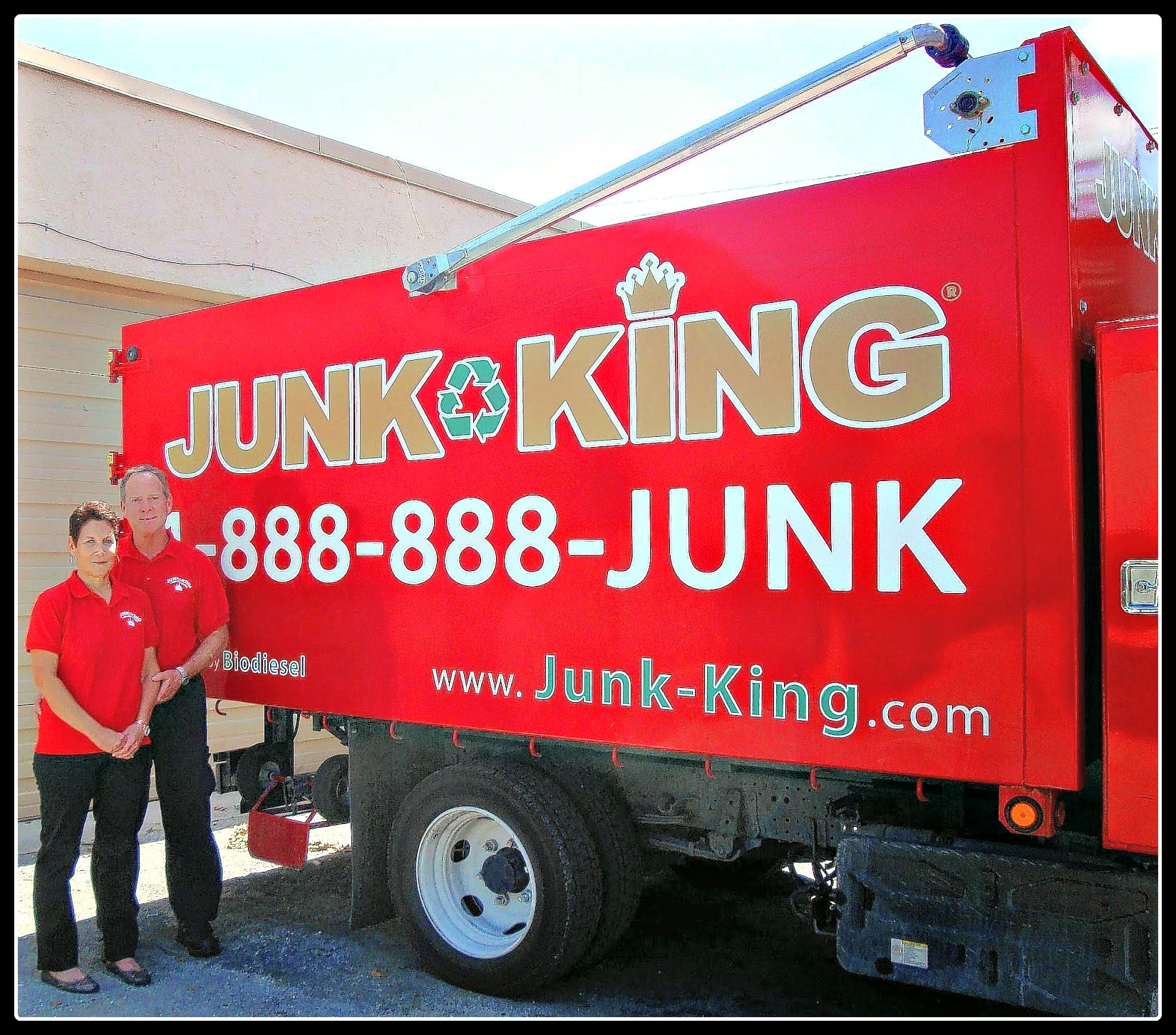Raise Your Job Administration Skills By Grasping The Option Of The Best Dumpster Size, Ensuring Effectiveness And Budget-Friendliness With The Help Of This Thorough Overview
Raise Your Job Administration Skills By Grasping The Option Of The Best Dumpster Size, Ensuring Effectiveness And Budget-Friendliness With The Help Of This Thorough Overview
Blog Article
Material Writer-Templeton Fisher
When embarking on a task that needs a dumpster, the dimension you choose can substantially impact its effectiveness and cost-effectiveness. Imagine having the perfect container that suits all your waste without being exceedingly big or too tiny. Everything beginnings with comprehending the subtleties of your job and selecting a dumpster dimension that lines up with your specific demands. So, before you decide, take into consideration the elements at play to make sure a smooth waste monitoring process from start to finish.
Factors to Take into consideration
When selecting the best dumpster dimension, there are a number of key factors to consider.
First, think of the sort of waste you'll be dealing with. Different materials might need varying amounts of room, so recognizing what you'll be putting in the dumpster is crucial.
Next off, analyze the amount of waste you expect to create. If you underestimate the volume, you may require to make multiple trips to take care of every little thing, which can be bothersome and costly. On the other hand, renting out a dumpster that's also huge can result in unnecessary expenses.
Furthermore, consider the area where the dumpster will be put. read page for the dumpster to be provided and gotten with no obstructions.
Last but not least, think about any weight constraints that might use. Going beyond the weight restriction can lead to extra costs and even the rejection of service.
Dumpster Dimension Choices
For choosing the best dumpster dimension, it's important to have a mutual understanding of the offered options. Dumpster dimensions usually range from 10 to 40 cubic yards, with variants in between.
A 10-yard dumpster appropriates for tiny jobs like a garage cleanout or a little renovation. If you're dealing with a medium-sized job such as a kitchen remodel or a cellar cleanout, a 20-yard dumpster could be the best choice.
For bigger tasks like a whole-house improvement or industrial building and construction, a 30 or 40-yard dumpster could be more suitable to suit the quantity of waste created.
When choosing a dumpster size, think about the quantity and kind of particles you anticipate to deal with. It's far better to choose a somewhat bigger dimension if you're unsure to stop overfilling. Bear in mind, it's even more cost-effective to rent a dumpster that fits your requirements instead of needing to buy an additional one.
Matching Size to Job
Efficiently matching the dumpster size to your job is critical for reliable waste administration. To establish the right dimension, think about the scope and nature of your job.
For tiny family cleanouts or restorations, a 10-yard dumpster might be adequate. These are commonly 12 feet long and can hold about 4 pickup lots of waste.
For mouse click the next document like renovating several rooms or cleaning out a huge estate, a 20-yard dumpster may be more suitable. These are around 22 feet long and can hold around 8 pickup truck loads.
If you're tackling a significant building job or business improvement, a 30-yard dumpster could be the very best fit. These dumpsters have to do with 22 feet long and can fit regarding 12 pickup truck loads of debris.
Matching the dumpster dimension to your job guarantees you have sufficient room for all waste products without paying too much for unused capability.
Conclusion
Finally, picking the appropriate dumpster dimension for your job is vital for efficient garbage disposal. By taking into consideration elements like the type and amount of waste, room schedule, weight constraints, and budget plan constraints, you can ensure you have the ideal dimension dumpster for your needs. Make certain to match the size of the dumpster to the range and nature of your job to avoid overspending on unneeded costs.
